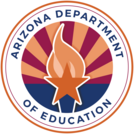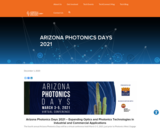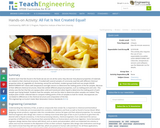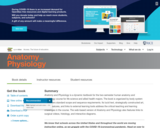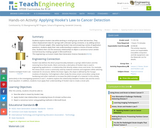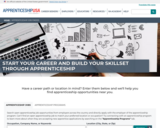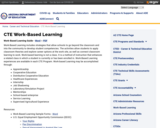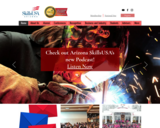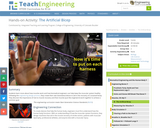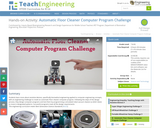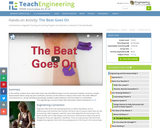Arizona Photonics Days 2021 – Expanding Optics and Photonics Technologies in Industrial and Commercial Applications
The fourth annual Arizona Photonics Days will be a virtual conference held March 3-5, 2021, just prior to Photonics West. Engage with your peers and industry leaders for technical discussions, industry trends, and virtual business connections with global attendees. There will be no cost to attend the 2021 virtual conference.
Conference Focus:
The focus of this year’s conference will be expanding the scope of optics and photonics technologies in industrial and commercial applications in Sensing and Metrology, Astronomy, Quantum Technology, Laser Technology, and Biomedical Technology.
Agenda:
Download the Conference Agenda PDF HERE
Program Overview:
Expert Keynotes
Technology and Business Presentations
Company Presentations
Panel discussions about trends and issues
Important Dates:
Dec. 2, 2020 – Jan. 27, 2021: Call for Papers is closed.
Dec. 2, 2020 – Mar 1, 2021: Sponsor opportunities available. Download Sponsor Opportunities PDF HERE.
Conference Schedule:
The conference will be held virtually over three days to best accommodate our local and international attendees:
March 3: 7:00 am – 1:15 pm MST / 14:00 – 20:15 UTC
March 4: 7:00 am – 1:15 pm MST / 14:00 – 20:15 UTC
March 5: 7:00 am – 1:15 pm MST / 14:00 – 20:15 UTC
Who Should Attend:
Business owners, executives and professionals of optics and photonics companies
Industry leaders whose companies apply these technologies
Academic and industry scientists and engineers
Optics cluster leadership and staff
More Information
Visit Arizona Photonic Days 2020 webpage
Learn more about Arizona Photonics Days
